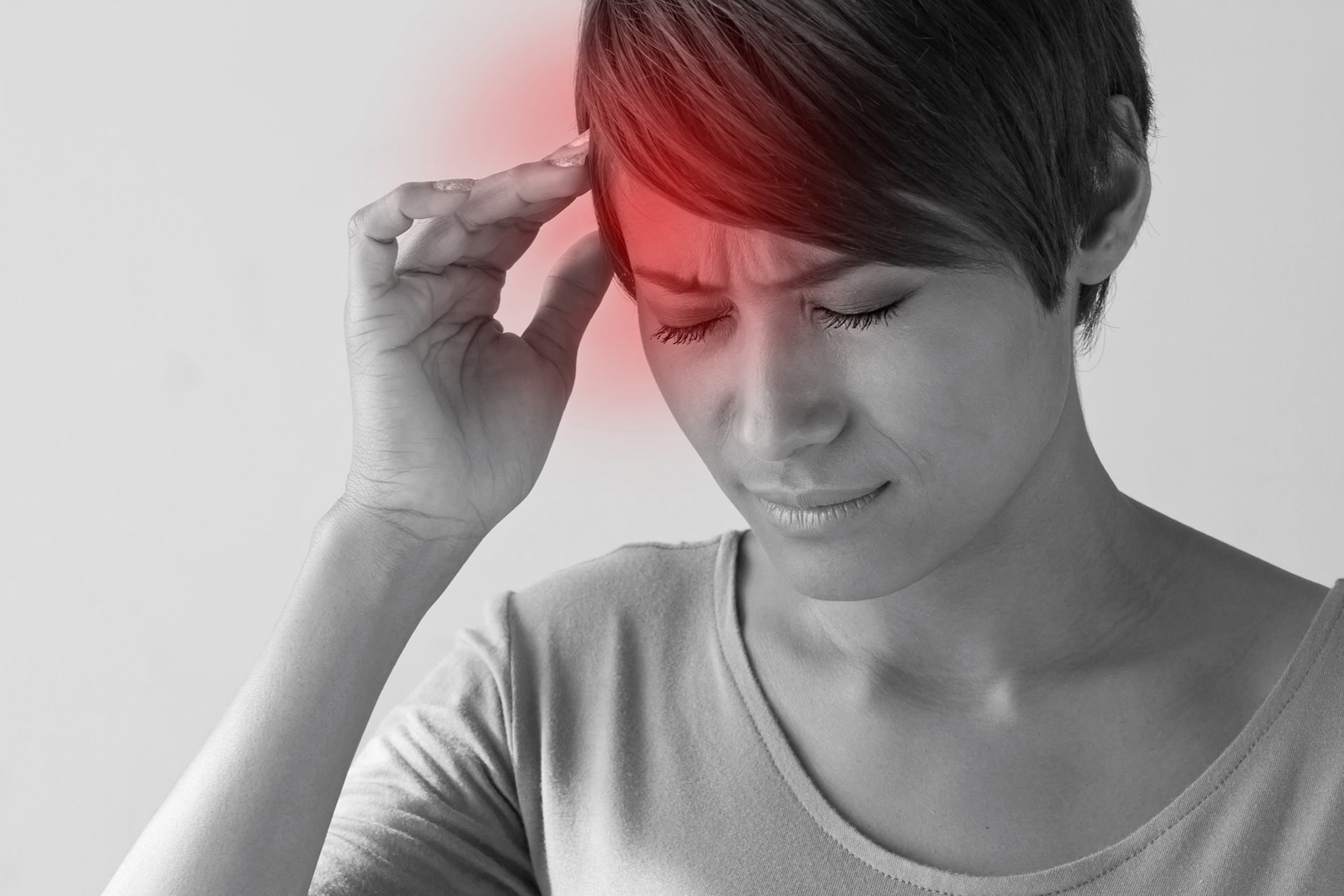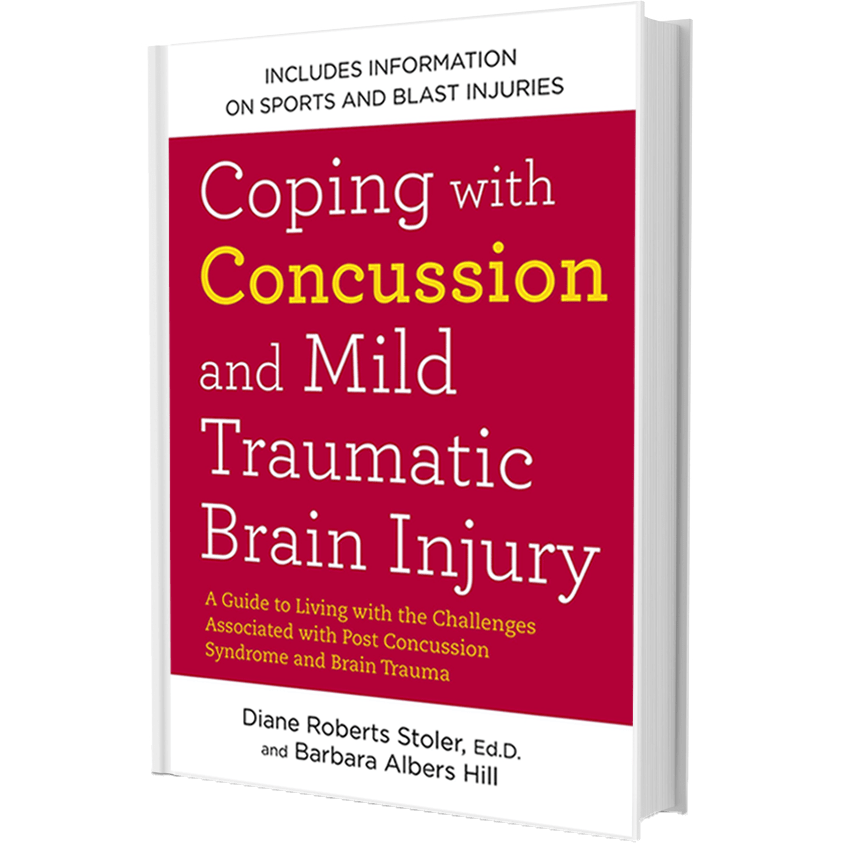Why Headaches and Migraines?
Does your headache feel like it’s happening deep within your skull? Does the feeling seem to start on the outside and go to your brain’s core? The brain itself does not actually feel pain, it “feels” the discomfort of a headache. Pain sensors in the arteries, nerves, and muscles of the head are what cause you to sense the pain of a headache. Other sensors, in the meninges (thin membranes that cover the brain), also cause pain when they become distended, inflamed, or compressed. Everyone gets headaches, but those who suffer brain injuries are more likely to suffer chronic headaches and migraines.
Types of Headaches and Migraines
Post-Traumatic Headaches (PTH)
Caused by head trauma, a post-traumatic headache can happen months or even years after the original injury. This type of headache is a combination of a tension headache, an atypical migraine, and nerve-related head pain. The pain occurs when scar tissue at the injury site keeps the nerve-cell fibers from relaying information normally. This disruption of impulses causes the area of injury to become very sensitive and, if touched, feels like you’ve bumped your “funny bone”. This type of headache causes a burning or tingling feeling that goes out from the point of injury. Unfortunately, the discomfort increases if any pressure is placed on the area, even a fingertip-touch or gentle combing. Though the pain can be constant, fortunately, most such headaches disappear within a year.
Migraines
Migraines can last from four to seventy-two hours, and are felt as aching, throbbing sensations at the forehead or temple. Only one side of the head may be affected, or generalized areas. The physical effects may vary from one attack to the next or even within a single episode. The effects include nausea and vomiting, muscle weakness and numbness. Migraine pain can be worsened by physical activity and is often helped by sleep. Also common are Phonophobia (abnormal sensitivity to noise), Photophobia (abnormal sensitivity to light), and Osmophobia (abnormal sensitivity to smell).
Sometimes an aura occurs before or with a migraine. An aura is a sensory symptom and includes the sense of sudden brightness, flashing lights, and/or blurred vision. An aura may also trigger problems with numbness, movement, speech, thinking and reasoning. Most auras occur twenty to sixty minutes prior to the onset of headache pain and last for twenty minutes or less.
Tension
Most tension headaches give you the feeling of pressure that feels like a tight band around your head. The tightness goes on for the duration of the headache, and may come with facial or back pain, especially if you have a whiplash injury.
Tension headaches are brought on by worry, stress, poor posture, overwork, or poor ventilation. Unfortunately, they often start late in the day and can prevent you from falling asleep. While the pain may go from mild to moderate, everyday activity is not affected. This is because physical activity does not usually aggravate tension headaches, and in some cases, it may actually help.
Cluster
Cluster headaches appear suddenly and without warning. They generally show up at a specific time of day, such as an hour or two after you fall asleep. The pain is an intense, burning, and penetrating sensation, centered around or behind the eye and affecting only one side of the face. The involved eye may droop, tear, or become bloodshot; the cheek may be flushed; and the nostril on the affected side may be stuffy or runny. During an attack, symptoms may fluctuate from one side of the head to the other. These severe headaches can occur after mTBI, especially if injury to the back of the neck has caused nerve damage, shooting pain or muscle spasms.
This type of headache can cause severe pain, and can last from fifteen minutes to three hours. After that time, discomfort may return in “clusters” of one to three headaches per day. Episodes can alternate with periods of remission, but in 20% of cases the pain is chronic (occurring daily for a year or more). Some triggers include cigarette smoking, alcohol use, high emotions, overwork, or even unaccustomed relaxation.



